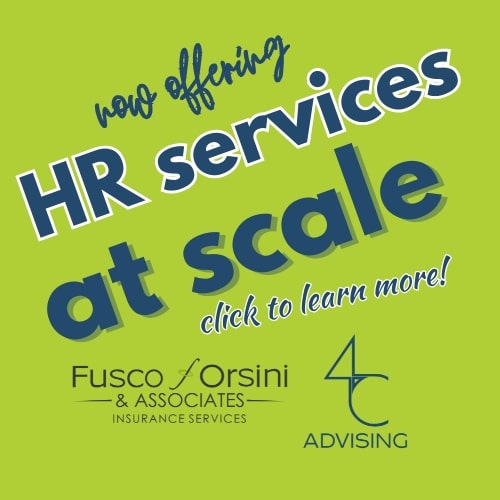Workplace accidents are a big liability to businesses. Not only is it a terrible tragedy whenever an employee is injured while performing their job, but it can also have big financial consequences for your company as well. Losing a valuable employee for any length of time is expensive, and workplace accidents will also raise workers’ compensation premiums, which can cut deeply into a business’s overhead.
Unfortunately, accidents are sometimes unavoidable, especially in high-risk industries like construction and manufacturing. In our previous blog post, we encouraged all businesses to implement a strict safety program to try and prevent accidents. As part of that safety program, we advised companies to perform thorough investigations into every employee accident.
An accident investigation should not be conducted to place blame, but rather to understand the underlying causes of the accident in order to prevent similar accidents from occurring in the future.
Here are the steps you need to take to conduct a comprehensive accident investigation once an accident has occurred in the workplace:
- Appoint an individual to be in charge of the investigation. Depending on the size of the company and the nature of the accident, you may want to allow this individual to assemble a small investigation team.
- Define the scope of the investigation. The lead investigator should make clear exactly what information he or she is looking for and what the goal of the investigation is.
- Create a preliminary brief. The investigation team should put together an initial review of the incident, which includes a description of the accident, damage estimate, normal operating procedures, location of the accident, witness list and a description of relevant events before and after the accident.
- Visit and inspect the accident site. The investigation team should spend time at the accident site, looking for details that might have been missed in the preliminary brief. They should also make sure the area is secured so that nothing is disturbed while the investigation is ongoing.
- Interview victim(s) and witnesses. The investigation team should sit down and discuss the accident with the victim(s) and any witnesses to the accident. They will also want to interview other relevant individuals, such as those who regularly work in the accident area or who had contact with the victim before the accident. It’s useful to use a tape recorder to capture these interviews.
- Look for abnormal circumstances. If your company has a comprehensive safety program in place, then it is likely that the program was not being followed in its entirety when the accident occurred. When reviewing the data collected about the accident, the investigation team should be on the lookout for odd circumstances before the accident, which could have contributed to it.
- Determine the sequence of events. Using their notes, observation, and interviews, the investigation team should be able to determine a sequence of events and the likely cause or causes of the accident.
- Prepare a summary report. The investigation team should put together a report that includes all of the collected data, the sequence of events, the presumed causes of the accident and recommendations for preventing future accidents.
- Conduct a post-investigation briefing. The investigation team should provide the accident report to management as well as a briefing to review the report findings. The most important discussion topics will likely be the causes of the accident and prevention recommendations, which the management team can then approve for implementation.
While every accident investigation is unique, these steps will provide some basic guidance on learning how and why a workplace accident occurred so you can make your company a safer place to work in the future.


